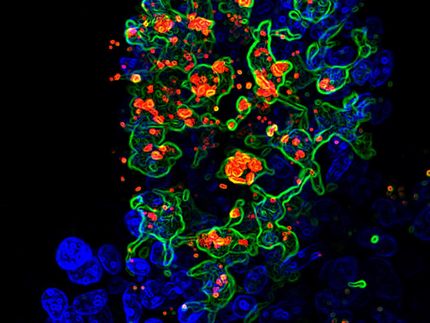A cure for honey bee colony collapse?
Advertisement
For the first time, scientists have isolated the parasite Nosema ceranae (Microsporidia) from professional apiaries suffering from honey bee colony depopulation syndrome. They then went on to treat the infection with complete success.
In a study published in Environmental Microbiology Reports from the Society for Applied Microbiology, scientists from Spain analysed two apiaries and found evidence of honey bee colony depopulation syndrome (also known as colony collapse disorder in the USA). They found no evidence of any other cause of the disease (such as the Varroa destructor, IAPV or pesticides), other than infection with Nosema ceranae. The researchers then treated the infected surviving under-populated colonies with the antibiotic drug, flumagillin and demonstrated complete recovery of all infected colonies.
The loss of honey bees could have an enormous horticultural and economic impact worldwide. Honeybees are important pollinators of crops, fruit and wild flowers and are indispensable for a sustainable and profitable agriculture as well as for the maintenance of the non-agricultural ecosystem. Honeybees are attacked by numerous pathogens including viruses, bacteria, fungi and parasites. For most of these diseases, the molecular pathogenesis is poorly understood, hampering the development of new ways to prevent and combat honeybee diseases. So, any progress made in identifying causes and subsequent treatments of honey bee colony collapse is invaluable. There have been other hypothesis for colony collapse in Europe and the USA, but never has this bug been identified as the primary cause in professional apiaries.
“Now that we know one strain of parasite that could be responsible, we can look for signs of infection and treat any infected colonies before the infection spreads” said Dr Higes, principle researcher.
This finding could help prevent the continual decline in honey bee population which has recently been seen in Europe and the USA.
Original publication: Higes,M., Marin-Hernandez, R., Garrido-Bailon, E., Gonzalez-Porto, A., Garcia-Palencia, P., Meana, A., del Nozal., M. J., Mayo, R., Bernal, J.L. Honeybee colony collapse due to Nosema ceranae in professional apiaries."; Environmental Microbiology Reports 2009.





















































